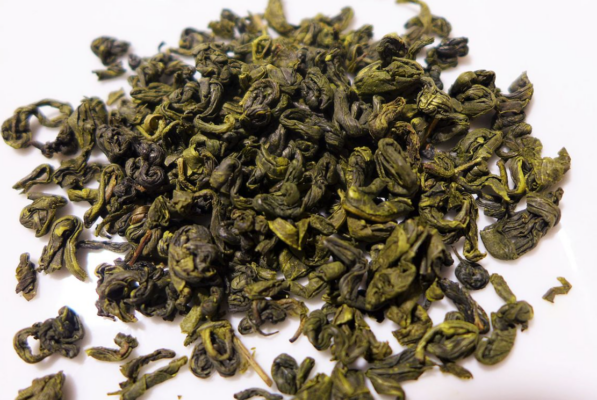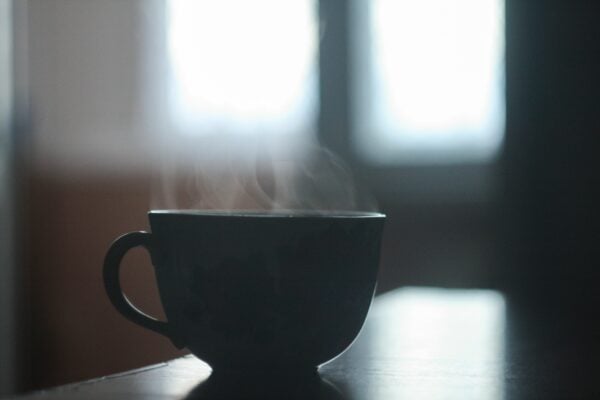Gunpowder tea is arguably one of the oldest and most popular Chinese green teas to have found its way into global tea culture. It is known for its distinctive shape and unique flavor profile, one that is complex and robust, yet nuanced, and has a smokey and earthy air to it.
What we now know as Gunpowder tea was a green tea that originated in the Zhejiang province and its capital Hangzhou on the Eastern coast of China during the Tang Dynasty (618 – 907 AD). The tea was initially named ‘Pearl Tea’ or ‘Zhu Cha’, because the rolled-up tea leaves resembled the spherical gemstone. Centuries later, after being introduced to the British, it is said that a 19th century British clerk awarded the tea the name ‘Gunpowder Tea’ because the little balls of tea looked like gunpowder pellets. Funnily enough, what has become known as gunpowder tea predates the origins of actual gunpowder, which was invented around the year 900 AD.

Gunpowder tea follows a similar production process as most green teas; first the leaves are hand-picked, then they are withered and steamed, before carefully being rolled into tiny pellets without breaking the leaves and therefore retaining its flavor and aroma. In ancient times, before black tea was around, this method allowed the tea to retain its flavor on long journeys, making it one of the most exported teas of its day. In modern times, the picking and rolling is done by machines, except for the highest grades of Gunpowder tea. Pellets larger in size often denote a lesser quality than the tightly rolled pellets of high-grade Gunpowder tea. Because the tea leaves are rolled into a compact shape, Gunpowder tea contains some of the highest levels of caffeine in a green tea.
While more exist, there are two main varieties of Gunpowder tea. The first is Pingshui Gunpowder (also known as Pinhead Gunpowder), the most common of the two, which is harvested from the Pingshui region in China. It has larger grains, a brighter color and strong aroma, and high levels of caffeine. The second is Formosa Gunpowder, grown in Taiwan since the 19th century, with a dark green color, steamed leaves and a distinct flavor. Formosa gunpowder is typically made from oolong teas. Finally, the famous Maghrebi mint tea from Morocco is made by combining Gunpowder tea with spearmint.



